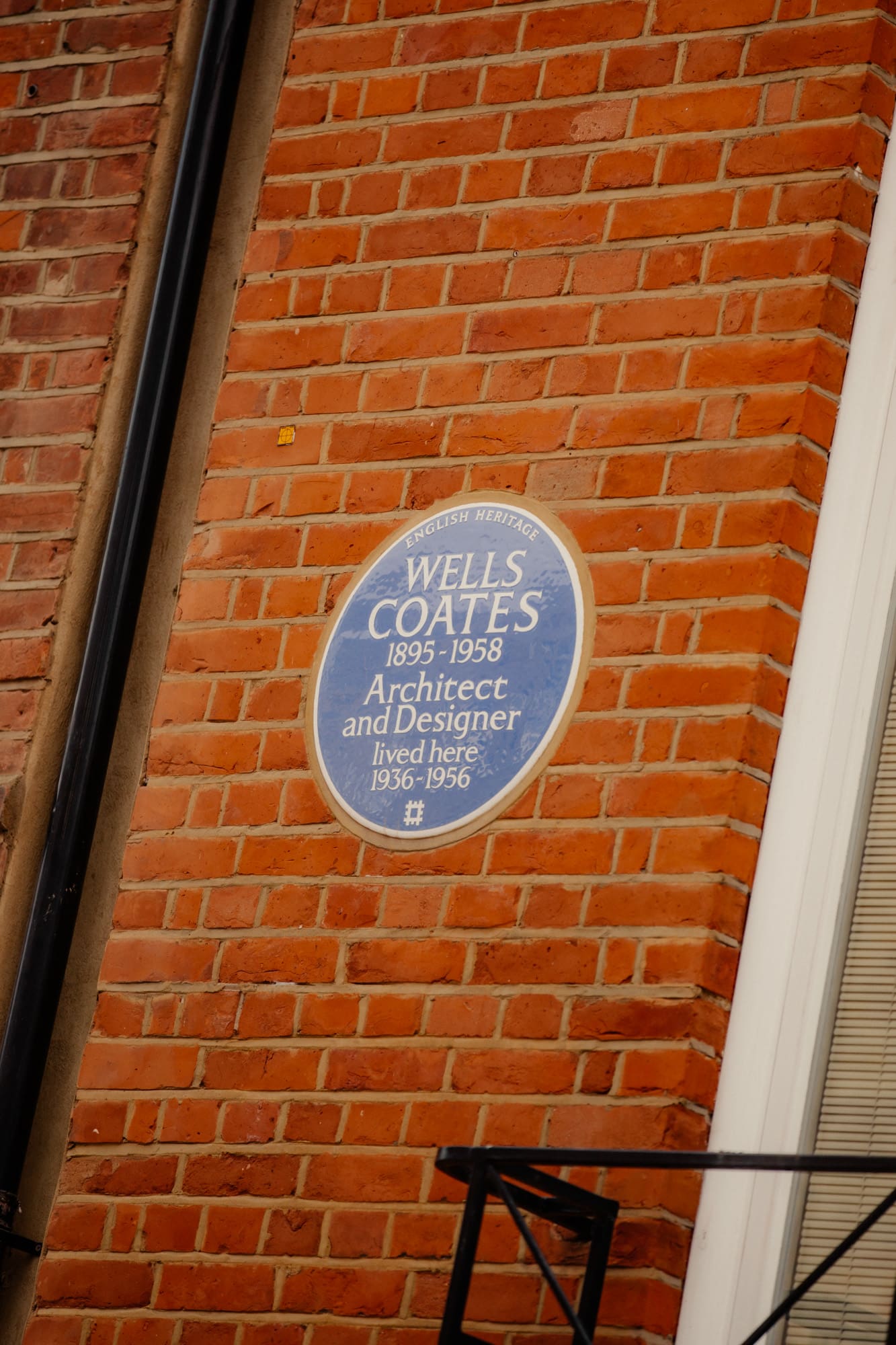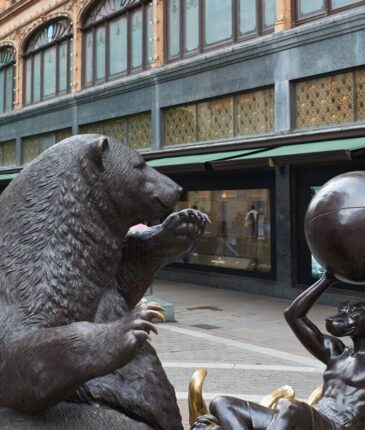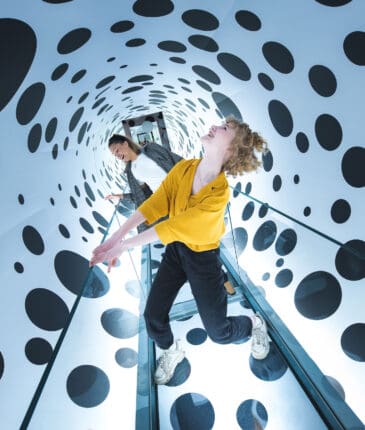Blue plaque spotlight: Wells Coates (1895-1958)
WHO?
Wells Coates: Modernist architect, designer, urban planner, engineer, pilot, Harvard University lecturer and journalist who lived and worked in Knightsbridge for 20 years.
WHERE?
18 Yeoman’s Row, Knightsbridge.
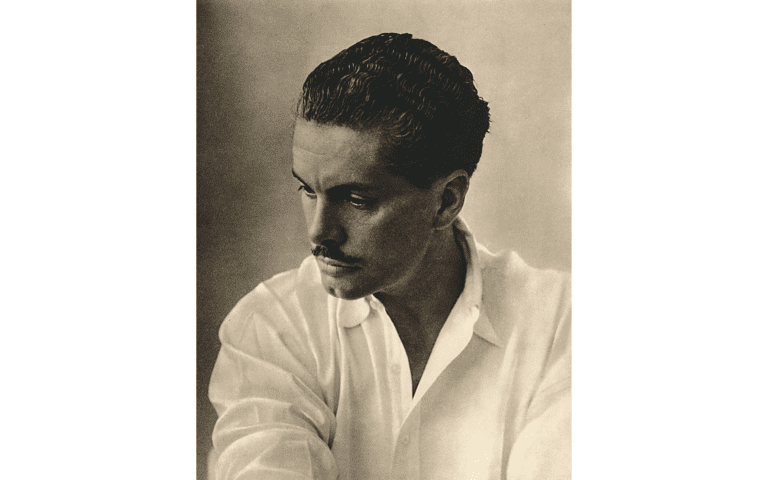
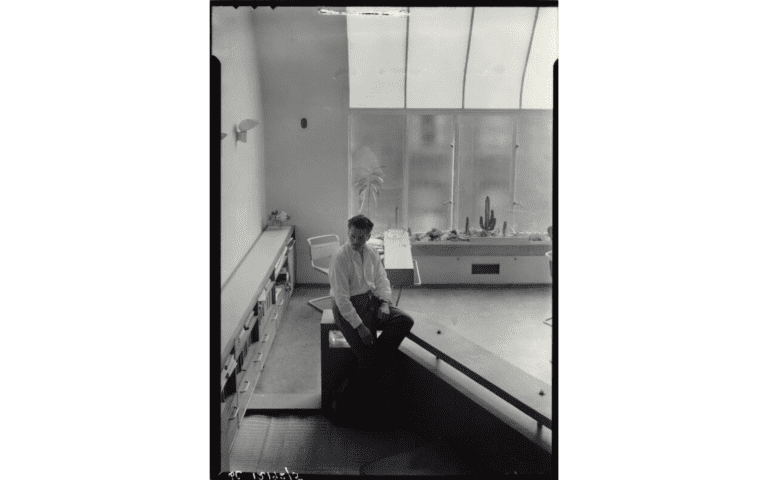
Claim to fame
Despite his unique and memorable name, many outside design and architectural circles will be unfamiliar with the architect Wells Coates. But there’s no doubt you will recognise his work.
Coates was born in Tokyo in 1895. His parents had moved to Japan as Canadian Methodist missionaries. His mother, Agnes, designed and established the country’s first Christian girls’ school. His father – the equally fantastically named Harper Havelock Coates – meanwhile, was a professor of theology with expertise in Japanese language and culture. The eldest of six children, Coates was educated by his mother but also learned calligraphy and crafts from Japanese scholars. Throughout his most prolific period as an architect in the 1930s, he would repeatedly emphasise how his early immersion in Japanese culture influenced his work.
Coates left Japan to study engineering at McGill University, Montreal. World War I interrupted his studies, however, and he joined the Royal Flying Corps to train as a pilot. After the war, he finished at McGill, and went on to gain an engineering PhD at Queen Mary University of London.
Before beginning his architecture career (which didn’t start until his early 30s), Coates worked as a journalist for the Daily Express. It was while on assignment to the 1925 Paris Expo that he first came across the work of Le Corbusier, which sparked an interest in the Modernist movement. In 1927, he met his wife, Marion Grove, at Cave of Harmony, a club in Fitzrovia run by the actress, Elsa Lanchester and frequented by intellectuals such as Aldous Huxley and HG Wells. Coates revamped his bedsit in Bloomsbury to accommodate Grove and realised the vocation for which he would be remembered: design.
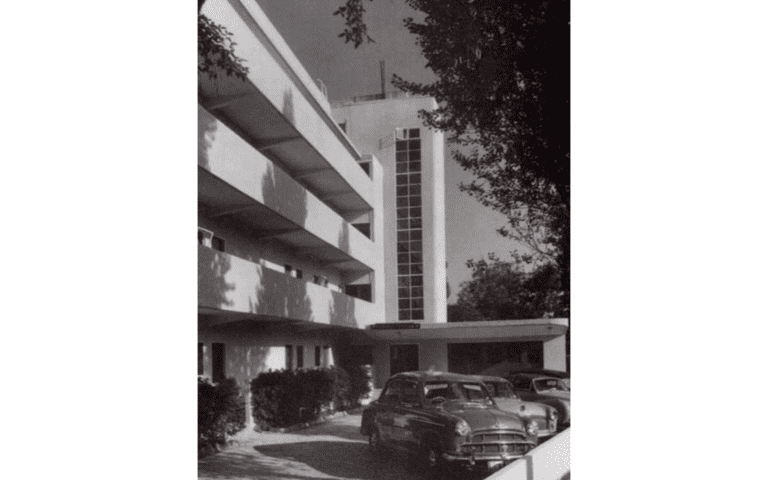
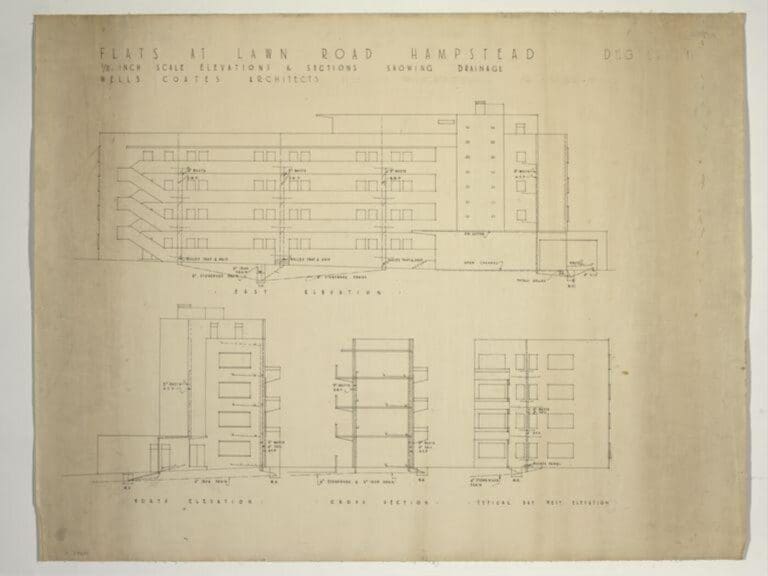
The following year, he secured his first commission, redesigning a silk shop for Cryséde silks, and, later, its factory and several retail spaces. The cohesion of the designs was considered unprecedented in the retail context, as was his use of inexpensive materials such as plywood, glass and metal to create minimalist yet elegant interiors. Gradually making a name for himself, Coates was later hired to design the interior of the BBC Studio at Portland Place.
In the early 1930s, Coates would work on the most influential project of his life, the Isokon building at Belsize Park. Originally called Lawn Road Flats, it would later be dubbed the Isokon, a contraction of the term “isometric construction”.
One of Great Britain’s earliest examples of Modernist architecture, the Grade I-listed building was conceptualised for young professionals with few possessions and little time for housekeeping. Coates was influenced by compact Japanese apartments as well as Le Corbusier’s notion that a house was ‘a machine for living’; that domestic settings were to be treated primarily as functional spaces, their style deriving from their form.
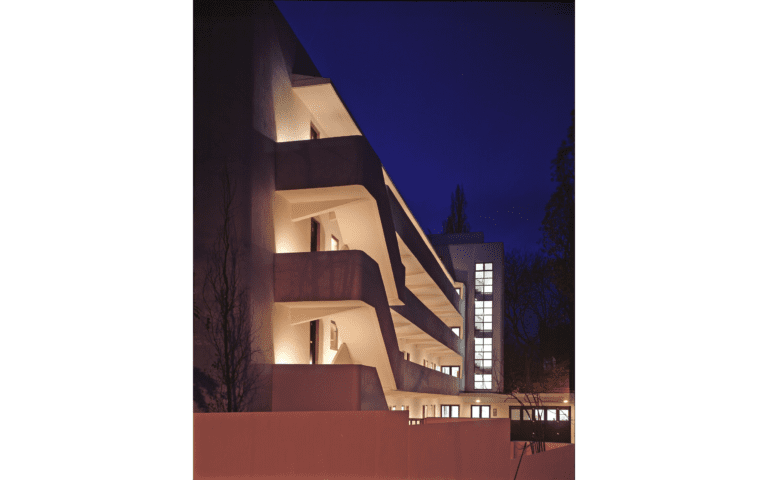
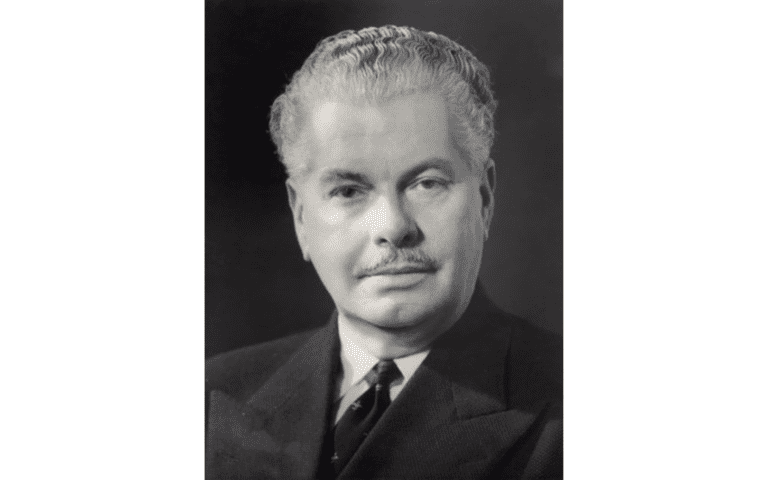
Opening in 1934, the building contained 32 flats for rent, which included services such as meals, shoe cleaning and bed-making. Coates had borrowed from shoji (Japanese paper room dividers) and tokonoma (built-in recessed space) when designing the flats. That they were furnished only with bare necessities owed much to his personal distaste for clutter.
While the Isokon would provide a sanctuary for refugees fleeing from the plight of Nazism, it also attracted many famous residents. These included Agatha Christie, Henry Moore, Barbara Hepworth, Walter Gropius, George Orwell and Piet Mondrian.
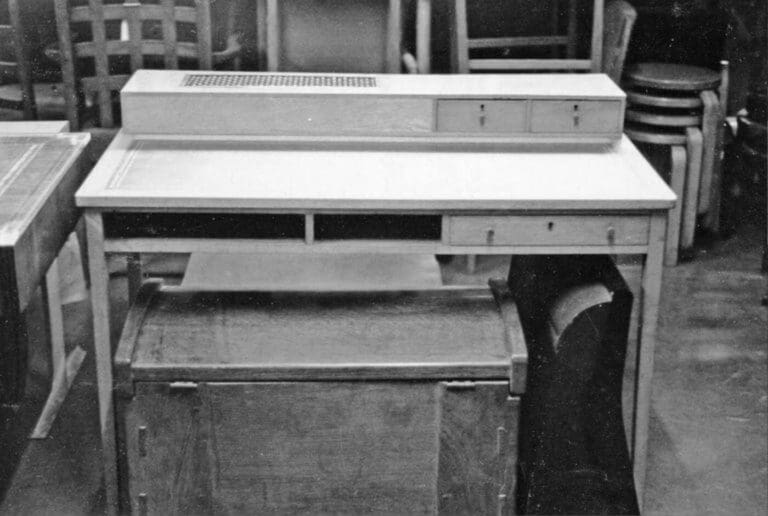
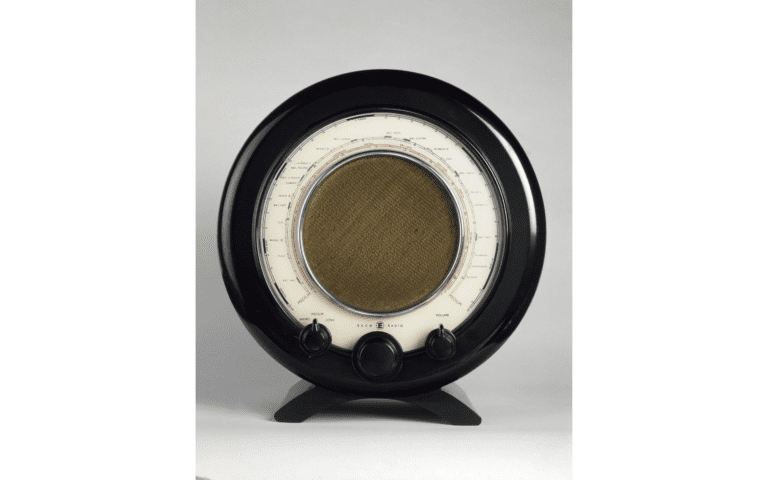
Meanwhile, Coates continued his penchant for revamping his personal dwellings – as well as his minimalist Japanese influence – when, in 1936, he transformed a pied-à-terre at 18 Yeoman’s Row, Knightsbridge, into a studio-home. In a remarkably forward-thinking concept, the small space was zoned by using built-in furniture, inspired again by Japanese design. Many of these furnishings, including a built-in wardrobe and ladder, were passed on to Coates’ daughter and later donated to the neighbouring V&A Museum. Coates would live and work at Yeoman’s Row for two decades, leaving in 1956, just two years before his death. He would also design iconic apartment blocks at 10 Palace Gate in nearby Kensington (1939) and the seafront Embassy Court in Brighton in 1935.
Perhaps it was his lack of formal training in architecture and his unique upbringing that made Coates such an interesting and progressive figure. Throughout his life, his designs were consistently eclectic and he approached design as more of a problem solver than a creative. In 1951, he innovated the Telecinema for that year’s Festival of Britain’s South Bank Exhibition; comprising a borderless screen with 3D glasses and multidirectional sound for a pioneering immersive experience. He also designed the blueprint for Canada’s Monospan Twin-Ride System, which later became SkyTrain, which operates throughout Vancouver to this day. Proof that the best career paths are rarely linear, and that your greatest works can come much later in life.
